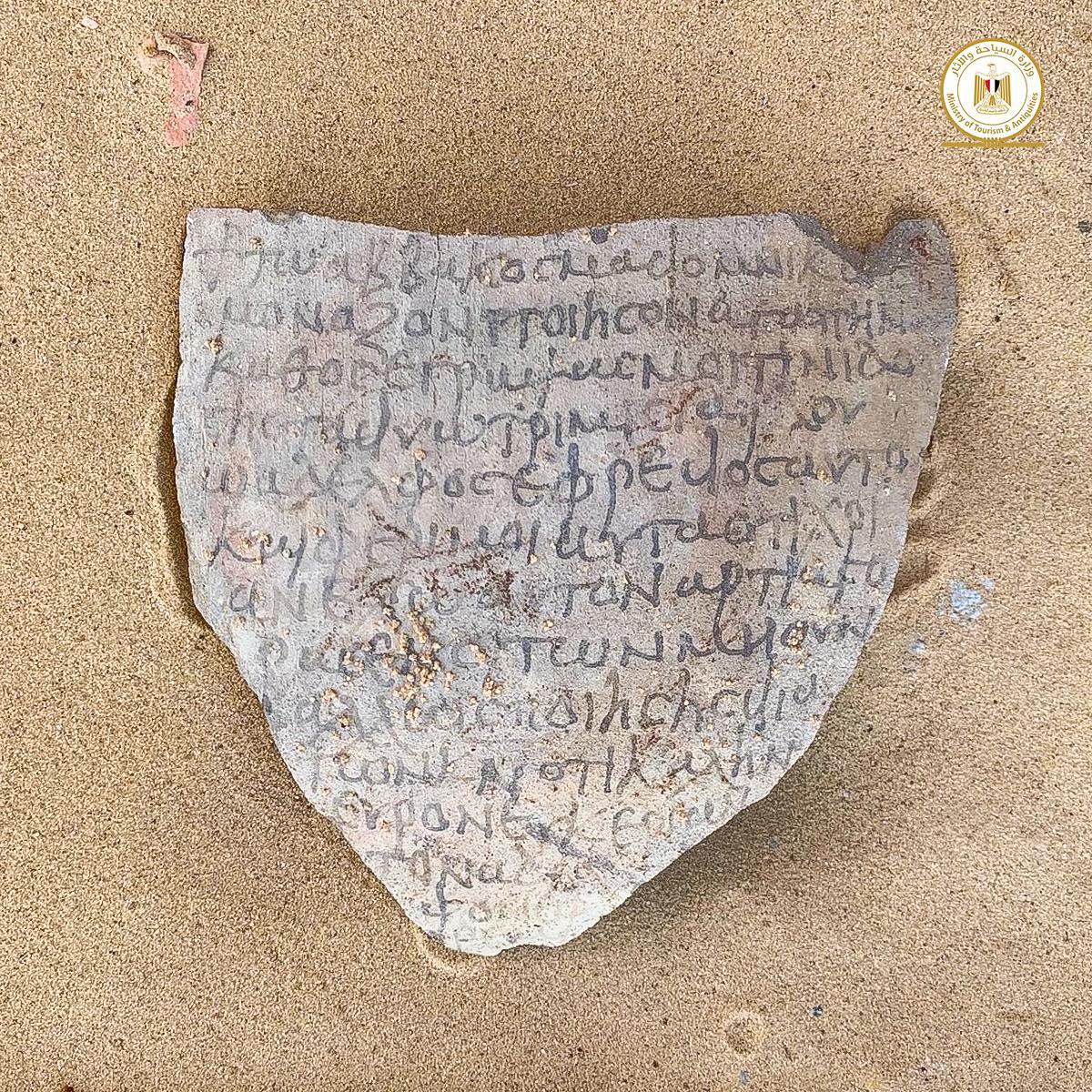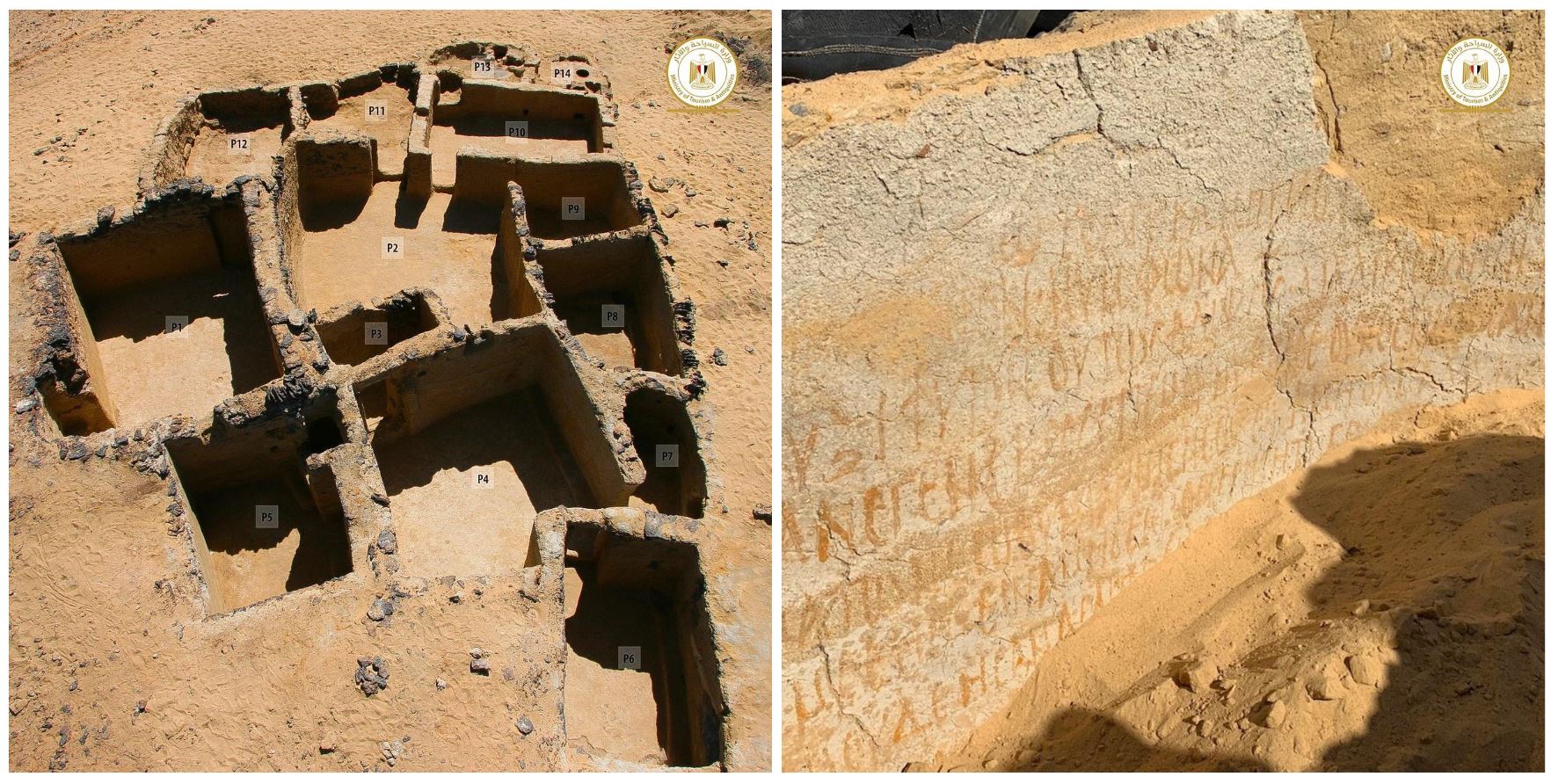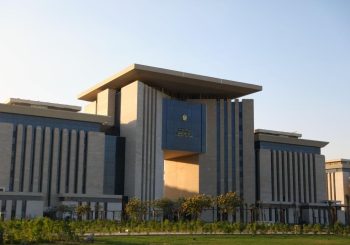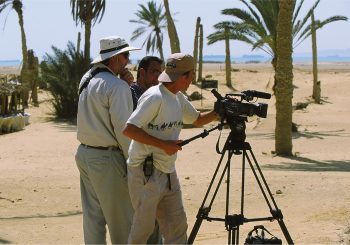
The Ministry of Tourism and Antiquities announced yesterday that a number of mud brick buildings dating back to the fourth and seventh centuries AD had been discovered by a Norweigan-French mission working in Bahariya Oasis.
The buildings, some of which were made of basalt and carved into rocks, comprised six parts including “three churches and monks’ cells”. Dr Osama Talaat, head of the Islamic, Coptic and Jewish antiquities centre of the Supreme Council of Antiquities explained that Coptic inscriptions can be found engraved into the walls.
According to the head of the mission, Dr Victor Ghica, religious writings from the Bible in Greek can also be found on the walls of the rooms adjacent to one of the churches, revealing the “nature of monastic life in the region”. Ghica also reported the discovery of ostraca, pottery shavings bearing Greek inscriptions, dating back to the fifth and sixth centuries AD.
The Ministry claimed that the site is of great importance, as it aids understanding of “the formation of the first monastic congregations in Egypt in this region.”
The discovery comes little more than a month after the Ministry’s announcement that the “world’s oldest brewery” had been found in the ancient city of Abydos, located near Sohag, and dates back to the time of King Narmer of the First Dynastic Period (3150 BC-2613 BC).







Comments (0)